Do you use social media to grow your business?
Are you wondering how social media can help you sell more products and services?
To learn about why you need to rethink the sales process in this social age, I interview Tom Martin for this episode of the Social Media Marketing podcast.
More About This Show
The Social Media Marketing podcast is a show from Social Media Examiner.
It’s designed to help busy marketers and business owners discover what works with social media marketing.
The show format is on-demand talk radio (also known as podcasting).
In this episode, I interview Tom Martin, author of The Invisible Sale: How to Build a Digitally Powered Marketing and Sales System to Better Prospect, Qualify and Close Leads. His agency is Converse Digital.
Tom shares the concept of painless prospecting and propinquity.
You’ll learn how to succeed in the changing social media sales landscape, and how your business can embrace these new strategies.
Share your feedback, read the show notes and get the links mentioned in this episode below!
Listen Now
Podcast: Play in new window | Download
You can also subscribe via iTunes, RSS, Stitcher or Blackberry.
Here are some of the things you’ll discover in this show:
Selling With Social Media
How the online world has changed the way businesses sell
Tom believes it’s more about how buyers buy than the way businesses sell. With the Internet, people can hide behind the anonymity of Google search.
You can do all your pre-purchase research without having to talk to a salesperson. You only have to talk to a person once you’ve made a short list of companies you are interested in and want to close the deal.
 Buyers use Google search for pre-purchase research.
Buyers use Google search for pre-purchase research.
Today’s buyer prefers this process, as it’s easier and more efficient. With this in mind, companies have to adjust.
In the early days, the power was with the salesperson, but with the knowledge available online today, the power is in the hands of the consumer.
Tom says as a business, you have to stop thinking about how you sell because you don’t really sell anymore. Instead you help buyers make a buying decision. When they make their decision, hopefully it will be in your favor. Although it won’t always be the case.
You’ll discover how your system needs to be set up properly and the approach you need to consider.
If you have a really good product or service, more often than not, you will win the conversion. Most people are turned off by people selling to them. The best way is to show them that you’re willing to help and that you always have their best interests at heart.
Listen to the show to find out more about how the approach to sales has changed.
An example of a business that has embraced new ways to sell
Tom talks about a camera store called Adorama based in New York that he used as a case study in his book, The Invisible Sale. Adorama only has one store, but does business in all 50 US states and 5 countries.
http://www.socialmediaexaminer.com/selling-with-social-media/











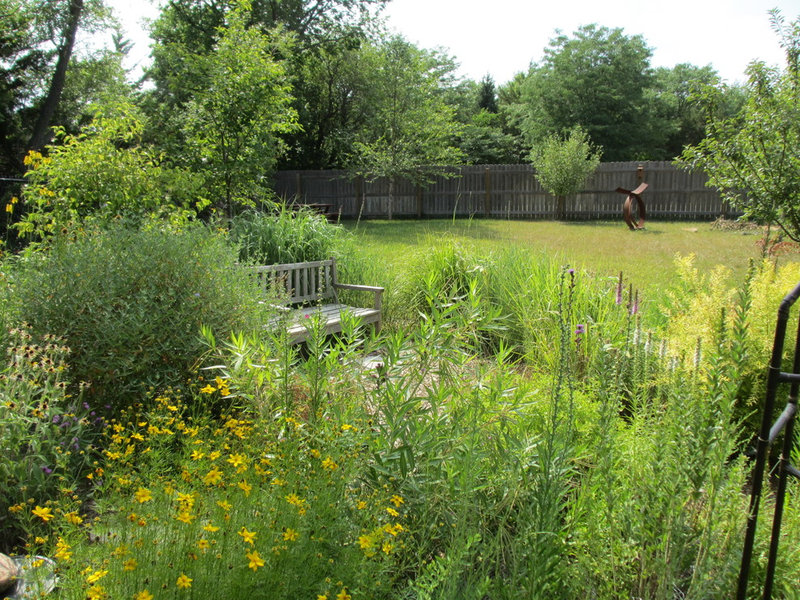
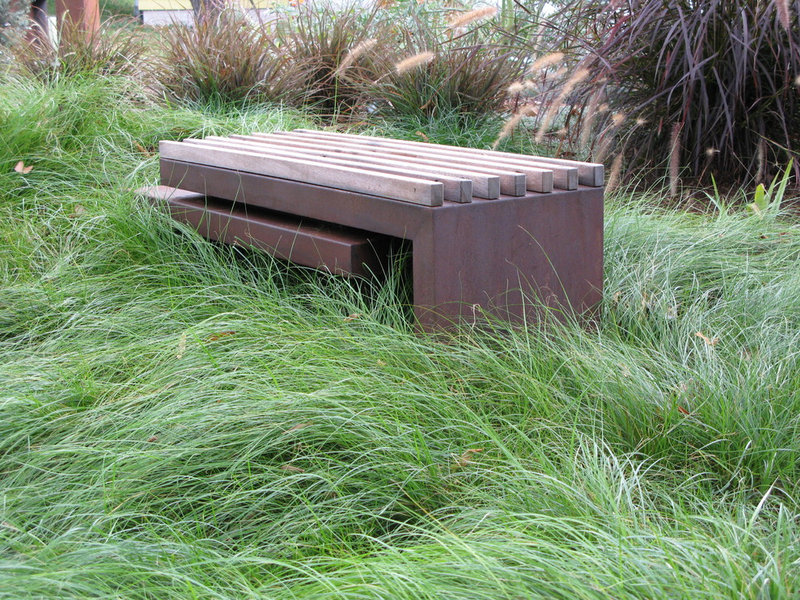
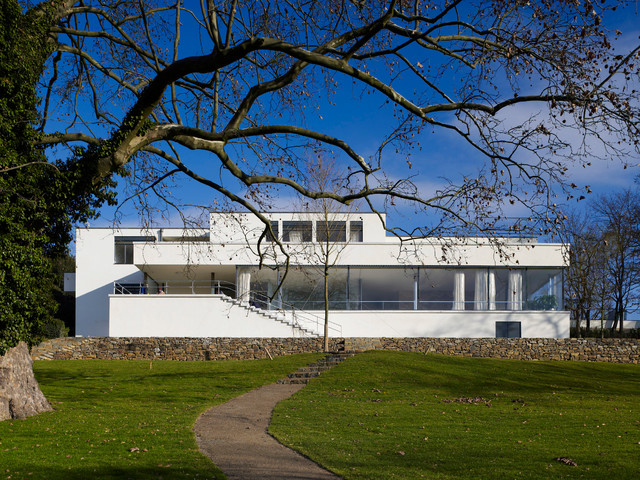

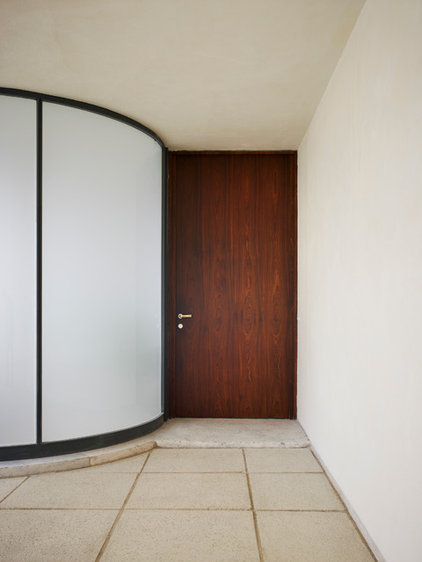

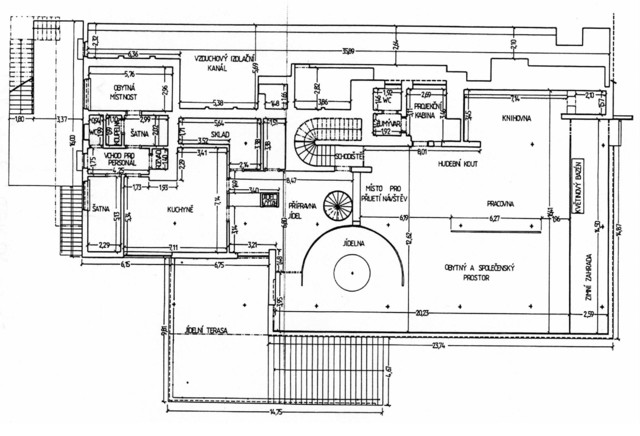
 Buyers use Google search for pre-purchase research.
Buyers use Google search for pre-purchase research.



